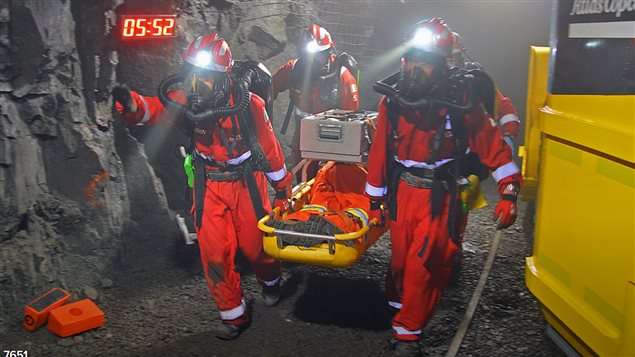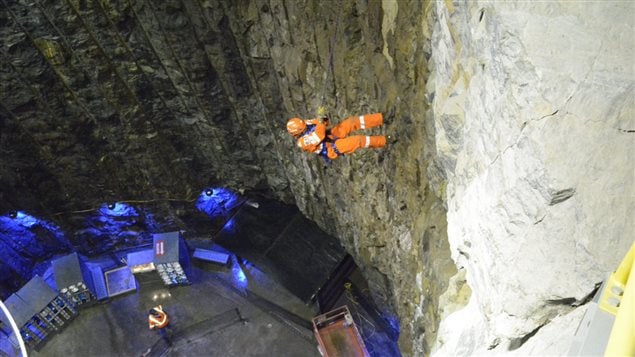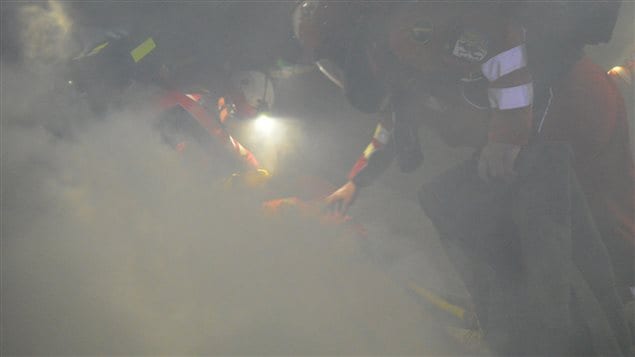It was, as always, an exciting time for the over two-dozen international teams who came from around the world to compete in the “olympics” of mine rescue.
Some 27 teams from 13 nations came to Sudbury, Ontario for the competition.
A new aspect for this competition held for the first time in Canada involved the use of actual mine shafts for some of the scenarios, which competitors all agreed, added to the realism of the scenes.
Two inactive mines in Sudbury were employed for certain competitions.

RCI- Sudbury welcomes world competition
The overall winner of the event was the Canadian team from Kirkland Lake Gold. The Irish Boliden Tara Mines team finished in second place, and the Polish KGHM White Eagles were third.
Kirkland Lake Gold also finished first in the underground scenario which involved a simulated fire and two missing miners.
Rescuers had to build a wall in the heat and smoke in order to change the mine ventilation. One of the missing miners also had a simulated severe injury, being impaled on a section of pipe, which additionally challenged the teams first aid skills in an already challenging rescue environment.
Another simulation was the high-angle rope rescue where teams had to build a secure anchoring system at the top of high rock wall, send rescuers down, securely and safely attach an ‘injured’ miner and haul everyone up.

In the firefighter competition the Polish Bytom team came first, while in first aid, it was Australia’s team from Peabody Energy Wambo Coal.
In the high angle rope rescue, Poland’s KGHM White Eagles were tops, while in the theory test (which tests things like knowledge of mine gasses, firefighting and emergency response), a Canadian team from Compass Minerals, Goderich mine was first. The Technician test was won by Russia’s EMERCON.
Additional information-sources







For reasons beyond our control, and for an undetermined period of time, our comment section is now closed. However, our social networks remain open to your contributions.